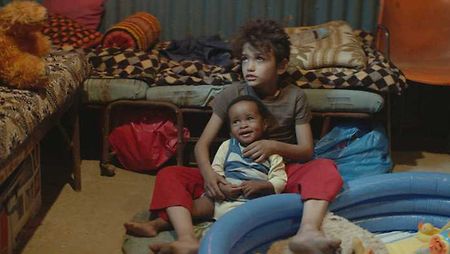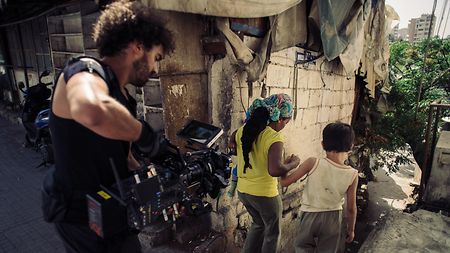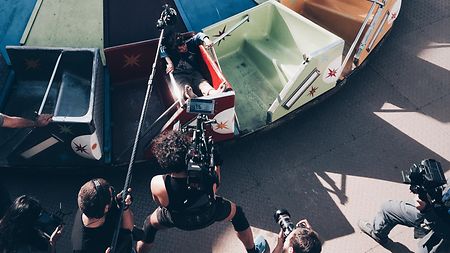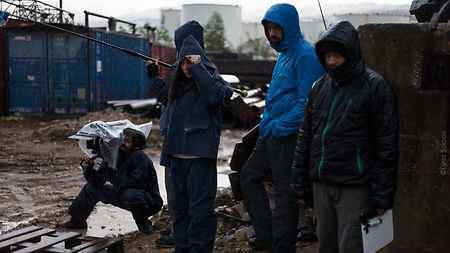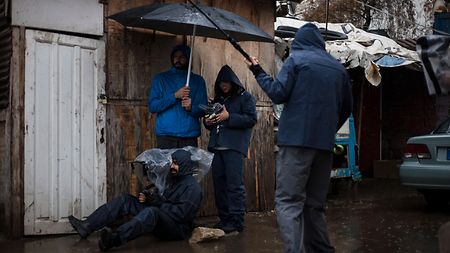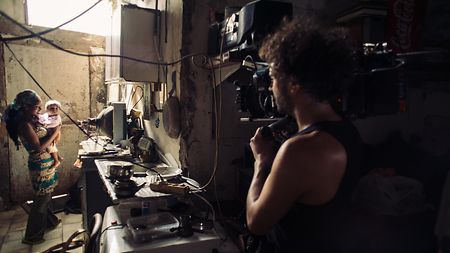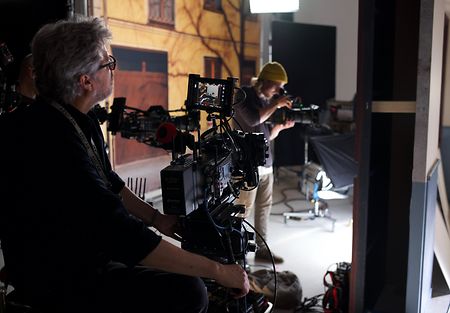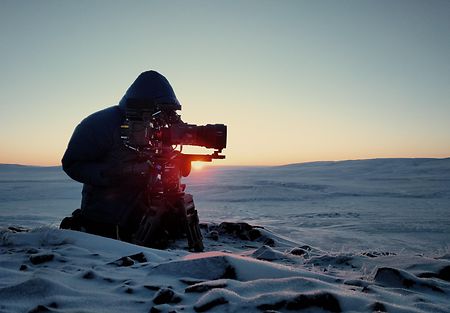Following a 15-minute standing ovation after its premiere in Cannes, “Capernaum” has been getting noticed. The Lebanese drama, written and directed by Nadine Labaki and shot by Christopher Aoun BVK, was selected to compete for the Palme d'Or at the 2018 Cannes Film Festival, where it ended up winning the Jury Prize. Nominated for Best Foreign Language Film at the Golden Globes early 2019, “Capernaum” has also made the nomination list for the Oscars this February. The British Academy of Film and Television Arts (BAFTA) also just released their list of nominees for 2019 and “Capernaum” is in the running for Best Foreign Film.
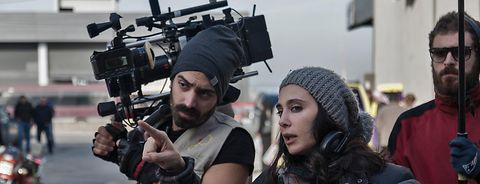
ALEXA XT and ALEXA Mini behind award-winning Lebanese film “Capernaum”
Since it’s Jury Prize win at the Cannes Film Festival in May 2018, “Capernaum” has been impressing critics and audiences alike. Recently it has been nominated for Best Foreign Language Film by the Academy Awards and BAFTA.
